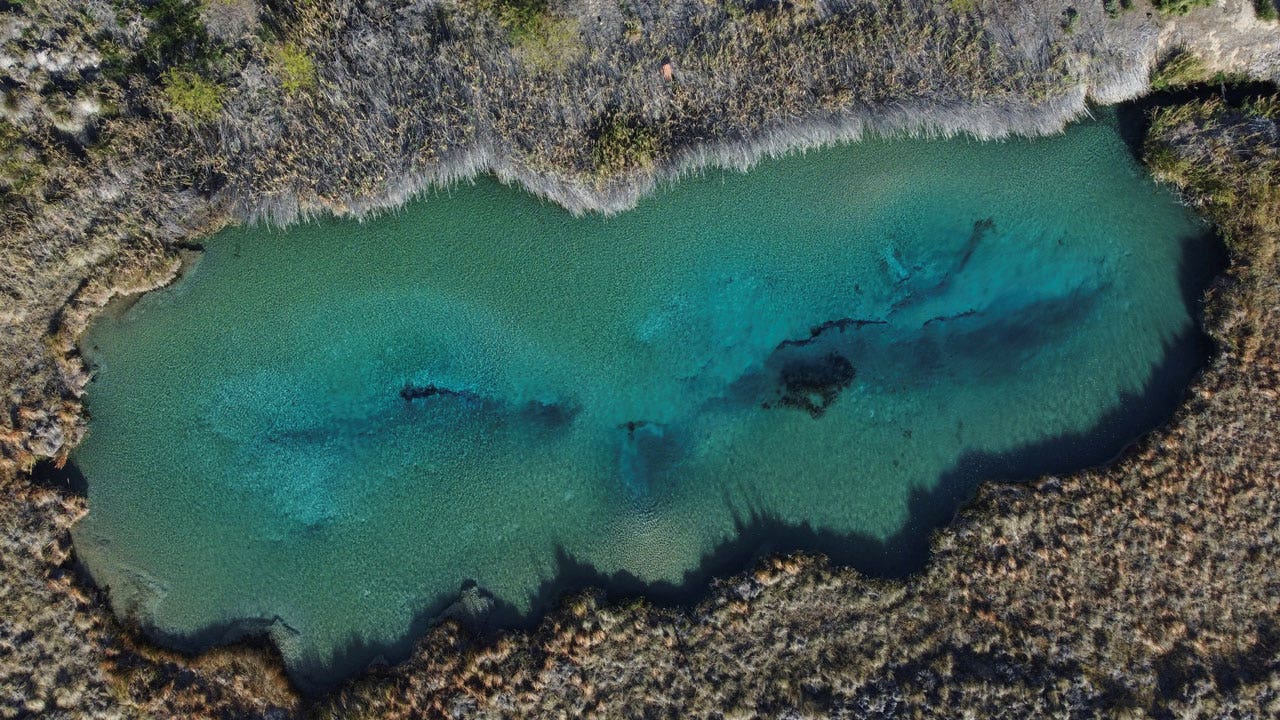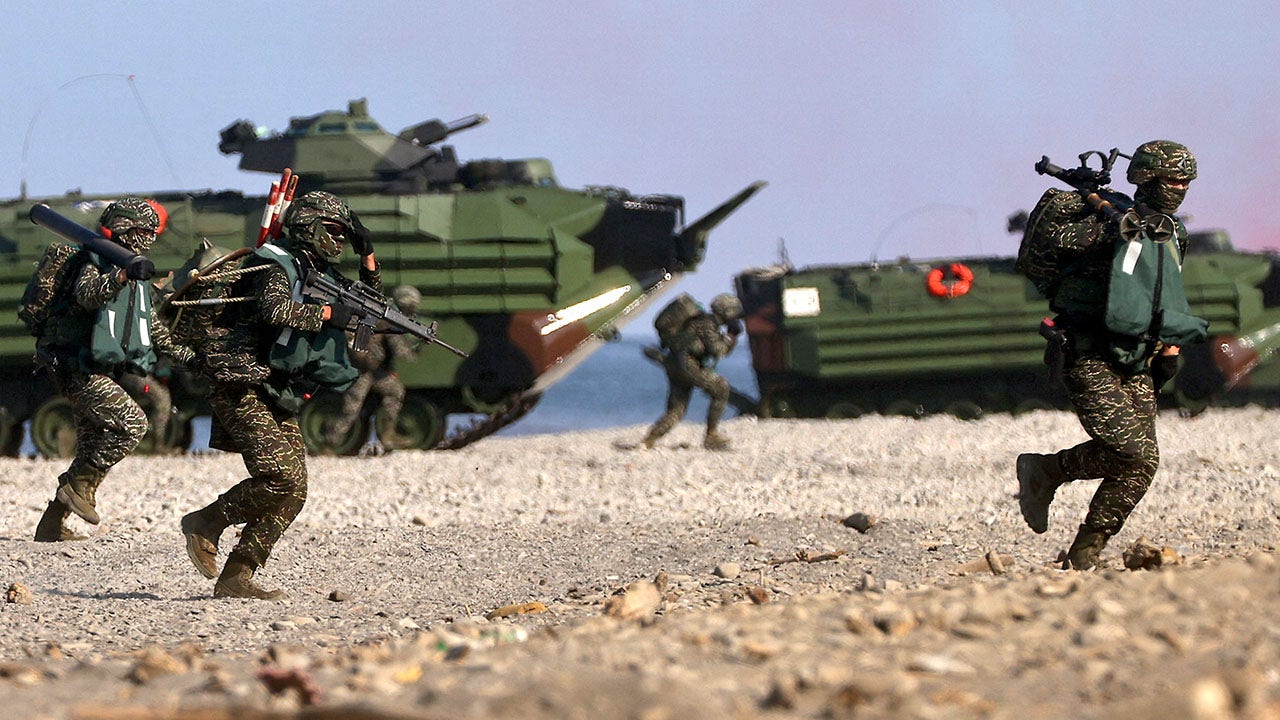Ahangamage Tudor Ariyaratne was born on Nov. 5, 1931, in the town of Unawatuna, British Ceylon, as the country was known before it gained independence. He was the son of Ahangamage Hendrick Jinadasa, a wholesale trader, and Rosalina Gajadheera Arachchi, who managed the household. He attended Mahinda College in nearby Galle and received a degree in economics, education and Sinhala from Vidyodaya University in 1968.
Years before, Mr. Ariyaratne had embarked on a trip that transformed him and became the foundation of his movement. In December 1958, while teaching science at Nalanda College, a leading secondary school in Colombo, he took 40 of his students and 12 teachers to a nearby low-caste village, Kanatoluwa, where they spent days helping its residents in various ways, including digging wells, building latrines and repairing its school. Thus was born Mr. Ariyaratne’s concept of “Shramadana,” or “Gift of Labor,” a project that grew throughout the 1960s to encompass hundreds of voluntary labor camps, as Mr. Bond characterized them.
Mr. Ariyaratne saw Shramadana as transformative for both the movement’s thousands of volunteers and the villages themselves. His goal, he wrote, was “a dynamic nonviolent revolution which is not a transfer of political economic or social power from one party or class to another but the transfer of all such power to the people.”
By the early 1970s, he was attracting funding from the Netherlands, Germany, and Switzerland. Sarvodaya became the country’s largest nongovernmental organization, according to Mr. Bond. Though clashes with the government over the movement’s nonviolent stance led some outside donors to withdraw funding for periods, Mr. Ariyaratne always managed to bounce back.
In addition to his son, he is survived by his wife, Neetha Ariyaratne; three daughters, Charika Marasinghe, Sadeeva de Silva and Nimna Ganegama; two other sons, Sadee and Diyath; 12 grandchildren; and sister, Amara Peeris.






